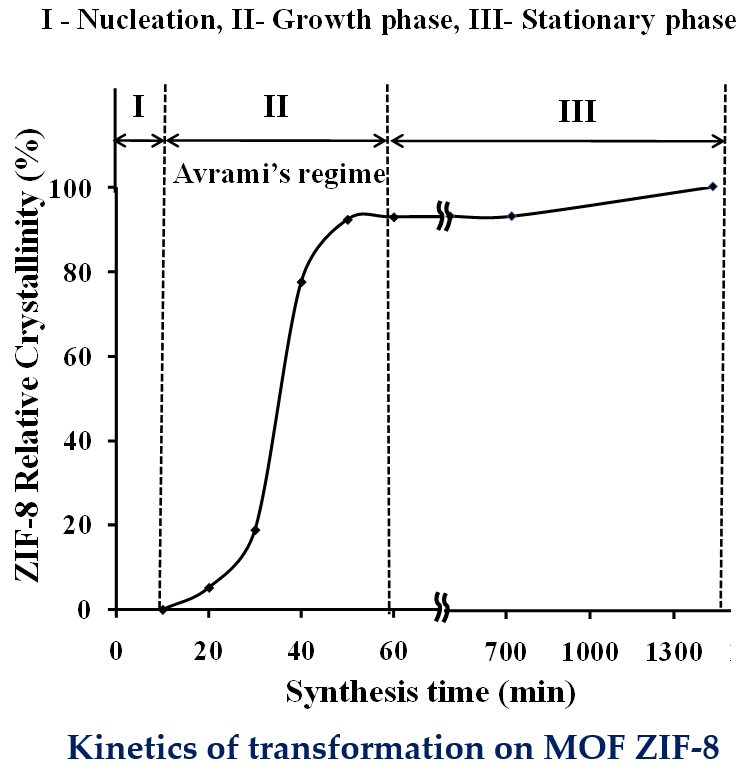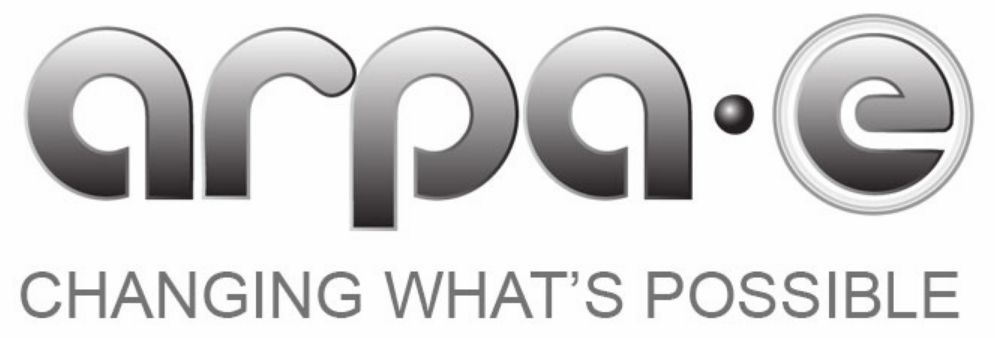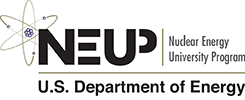Research
Metal organic framework membranes for CO2 capture
Metal organic frameworks have emerged as a novel type of crystalline porous materials which combine highly desirable properties, such as uniform micropores, high surface areas, and exceptional thermal and chemical stability, making them ideal candidates for molecular gas separations. Our goal is to establish a solid fundamental science program leading to the rational design of a novel family of membranes, composed of metal organic frameworks which offer the possibility of demonstrating high separation performance for carbon dioxide purification from light gases, and other important functional gas separations. Some of our representative publications in this area: JACS 2010, 132,76; Chem. Commun. 2012, 48, 5130; J.Mater. Chem. A 2014, 2, 1239; Chem. Eng. Science 2015, 124, 3.

Zeolite membranes for natural gas purification
CO2 is an undesirable impurity in natural gas wells, with concentrations as high as 70%. Pipeline specifications for natural gas require a CO2 concentration below 2–3%.CO2 must be separated from CH4 because it reduces the energy content of the gas; CO2 is also acidic and corrosive in the presence of water. Moreover, removing CO2 without large energy expenditures is also desirable, and thus membranes that preferentially permeate CO2 at high selectivities can significantly reduce the costs of natural gas purification. Zeolite (inorganic crystalline structures with uniform-sized pores of molecular dimensions) membranes are highly appealing for a vast number of relevant gas mixture separations due to its well-known molecular sieving ability, high mechanical, thermal and chemical stability. Our research efforts focus on developing small pore zeolite membranes that can effectively purify natural gas. Examples of our work: Langmuir 2011, 27, 2888; Chem. Commun. 2012, 48, 2310; Micropor. Mesopor. Mater. 2016, 224, 36-42; J. Membr. Science 2015, 487, 141; J. Membr. Science 2017, 524, 117; Ind. Eng. Chem. Res. 2017, 56, 4113; J. Mater. Res. 2018, 33, 32-43.

Xe capture over porous crystalline membranes
The separation of Krypton and air from Xenon is an industrially relevant problem. The conventional method to separate these gases is fractional distillation at cryogenic temperatures, which is an energy intensive process. Crystalline microporous molecular sieve membranes represent a cost effective non-thermally driven approach to capture Xe from air. Our research focuses on developing these membranes, and understanding the separation mechanisms involved for Kr/Xe and Air/Xe mixtures. Our representative examples include zeolite, MOF, and AlPO membranes: JACS 2016, 138, 31, 9791; Ind. Eng. Chem. Res. 2017, 56, 1682; ACS Appl. Nano Mater. 2018, 1, 463; Chem Commun. 2018, 54, 8976.

Formation mechanisms on metal organic frameworks
A fundamental understanding on the formation mechanisms of metal organic frameworks is highly important in order to improve structural and morphological control in the synthesis of these novel materials. In particular we are interested in following the nucleation, growth, and crystallization events on this particular type of porous crystals. In our research, we aim at elucidating the possible mechanistic pathways leading to the transformation of precursor solutions into the final crystalline porous structure. Examples of our work: JACS 2010, 132, 18030; Chem. Mater. 2011,23, 3590 ; J. Mat. Chem. 2012, 22, 7684. J. Cryst. Growth 2016, 455, 152.

Lipid-Biomass conversion to liquid fuels
Natural oils from animals or plants are typical low cost, and abundant sources of liquid fuel hydrocarbons. They are complex mixtures of fatty acid esters. Removing oxygen from fatty acids leads to the formation of paraffinic hydrocarbons that can potentially serve as or be converted to direct replacements for traditional petroleum-derived liquid transportation fuels and paraffinic petrochemical feedstocks. Our research focuses on the rational design of catalytic systems for producing high value liquid fuels from lipid-biomass sources. Specifically, we aim at demonstrating the catalytic conversion of fatty acids to paraffins, branched and aromatic hydrocarbons over novel catalytic systems composed of metal organic framework membranes (which can substitute expensive noble metals) supported on microporous beads that can effectively convert fatty acid molecules to liquid-fuel range hydrocarbons. Representative examples of our work: J. Molec. Catal. A 2014, 386, 14; Catal. Sc. Technol. 2015, 5, 2777-2782; ACS Catalysis 2015, 5, 6497; ACS Appl. Mater. Interfaces 2017, 9, 31993; Ind. Eng. Chem. 2018, DOI: 10.1021/acs.iecr.8b02799.

Conversion of CO2 into chemicals
Carbon dioxide represents potentially a feedstock of nearly zero or even negative cost for conversion to fuels and useful chemicals. Several motivations for producing chemicals from carbon dioxide are: (a) CO2 is cheap, non toxic, and non flammable feedstock, (b) CO2 is a renewable feedstock compared to oil or coal, (c) the production of chemicals from CO2 could have a small, but positive impact on the global carbon balance. We propose the catalytic transformation of CO2 into chemicals (mainly polycarbonates) over porous crystals. Our research aims at elucidating basic structure/catalytic relationships. Some of our publications in this area: ACS-Catalysis 2012, 2, 180; Catal. Commun. 2013, 32, 36; Dalton Trans. 2013, 42, 6732; J. Appl. Polym. Sc. 2014, 131, 39738.

Methane storage for vehicle applications
In collaboration with Gas Technology Institute and Rensselaer Polytechnic Institute we are developing novel “smart nanovalve” sorbents with the ultimate goal to achieve high methane capacity storage at low storage pressures. We aim at achieving energy densities that meet or exceed the DOE ARPA-E’s primary technical targets: volumetric: 12.5 MJ/L, gravimetric: 0.5 g CH4/g sorbent) at lower on-board storage pressures for light-duty natural gas vehicles with at-home refueling. Representative examples of our work: Nano Letters 2016, 16, 5, 3309; Adsorption 2017, 23, 19-24.

Current and Past Funding Sources

Kentucky Science and Engineering Foundation

Kentucky Department for Energy Development and Independence





